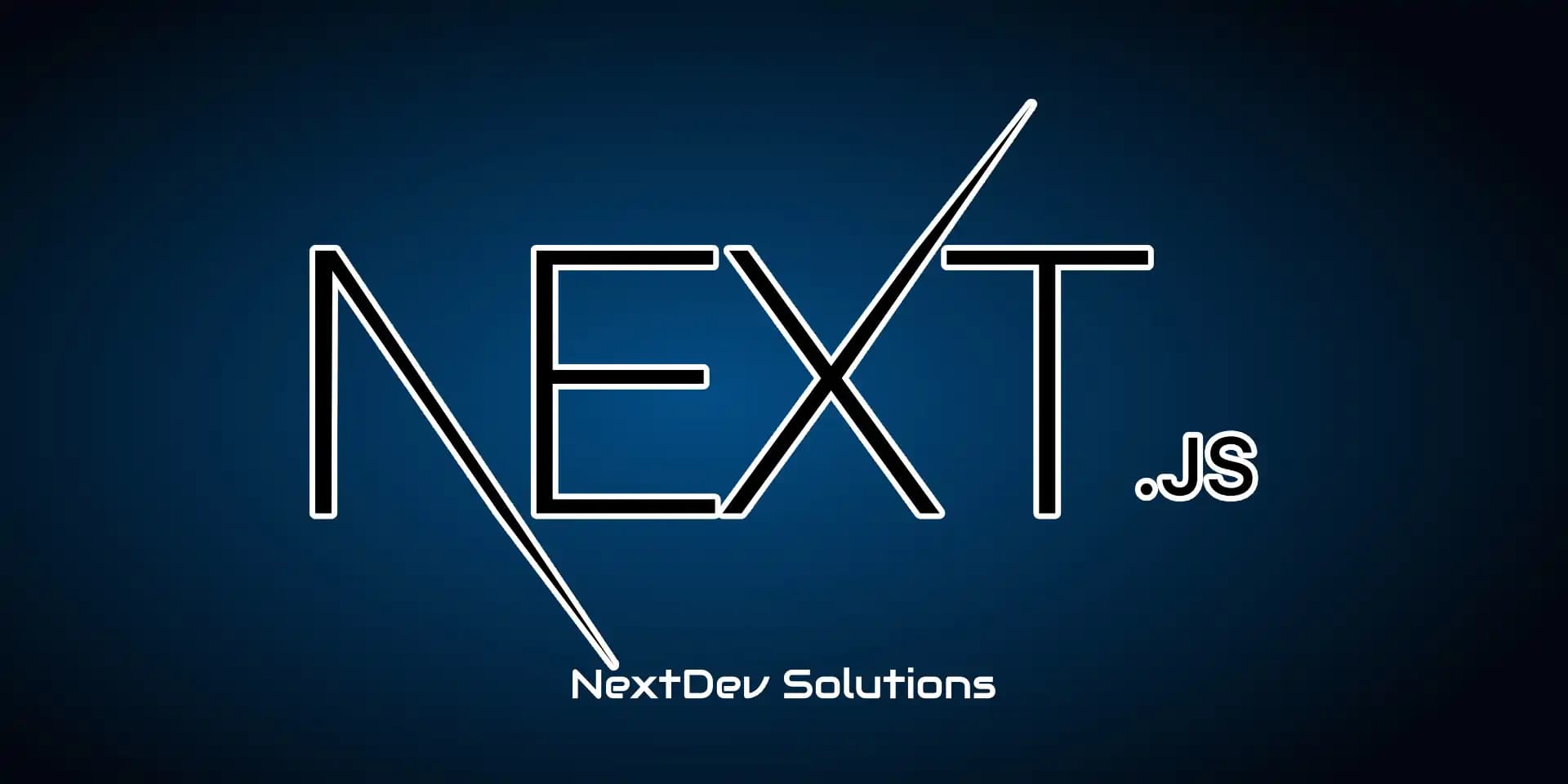
Next.js: The React Framework for Production
In the rapidly evolving world of web development, Next.js has emerged as a powerful framework for building server-side rendered (SSR) and static websites using React. Created by Vercel, Next.js enhances the capabilities of React by providing a robust set of features designed to optimize performance, improve developer experience, and enable powerful functionalities like server-side rendering and static site generation. Let's dive into what Next.js is and why it has become a go-to solution for modern web development. In the realm of web development, React has established itself as a powerful JavaScript library for building rich user interfaces (UIs). However, building a complete web application involves much more than just creating UIs. Developers need to manage routing, data fetching, server-side rendering, search engine optimization (SEO), image optimization, bundling, code splitting, deployment, and more. This is where a framework like Next.js becomes invaluable.
What is Next.js?
Next.js is a React framework that enables developers to build fast, user-friendly web applications with ease. While React focuses on building components and managing the user interface, Next.js extends React’s capabilities by providing built-in features such as server-side rendering (SSR), static site generation (SSG), API routes, and more. These features help developers create high-performance web applications with improved SEO and enhanced user experience.
Why Next.js?
Next.js is a flexible React framework that provides essential building blocks for creating fast and scalable web applications. It offers a structured environment, additional features, and performance optimizations that streamline the development process and enhance the capabilities of React.
Key Features of Next.js
Server-Side Rendering (SSR): Next.js allows you to render your pages on the server before sending them to the client. This can significantly improve the initial load time and SEO of your application, as search engines can easily crawl and index server-rendered content.
Static Site Generation (SSG): With SSG, Next.js generates HTML pages at build time. These pre-rendered pages are served to users quickly and can be cached by a content delivery network (CDN) for even faster performance.
API Routes: Next.js provides a simple way to create API endpoints within your application. This allows you to build full-stack applications with ease, handling both front-end and back-end logic within the same codebase.
Automatic Code Splitting: Next.js automatically splits your code into smaller bundles, which are loaded only when needed. This reduces the initial load time and improves the overall performance of your application.
Built-In CSS and Sass Support: Next.js includes support for CSS and Sass out of the box, allowing you to style your components using modern CSS features.
Image Optimization: Next.js provides an optimized image component that automatically serves images in the most efficient format, size, and resolution for the user's device.
Fast Refresh: Fast Refresh is a feature that allows you to see changes in your application instantly, without losing the application state, making the development process faster and more efficient.
Building Blocks of Web Applications
Next.js helps manage and optimize various aspects of web development, including:
User Interface: Defines how users interact with your application. Routing: Manages how users navigate between different parts of your app.
Data Fetching: Determines where and how your application retrieves data.
Rendering: Decides when and where to render static or dynamic content.
Performance & Scalability: Optimizes your application for speed and efficient resource use.
Integrations & Infrastructure: Handles third-party services, deployment, and storage of your application.
Features of Next.js
Next.js offers a comprehensive set of features that simplify and enhance the development process:
File-System Routing: Automatically creates routes based on the file structure in the pages directory.
Hybrid SSR and SSG: Supports both Server-Side Rendering (SSR) and Static Site Generation (SSG) to optimize performance and SEO.
Incremental Static Regeneration: Allows static pages to be updated incrementally without rebuilding the entire site.
Image and Font Optimization: Automatically optimizes images and fonts for better performance.
Automatic Bundle Splitting and Lazy Loading: Ensures only the necessary code is loaded, reducing initial load times. Automatic TypeScript Support: Built-in support for TypeScript, enabling type safety and enhanced developer experience.
Fast Refresh: Provides instant feedback and maintains component state while editing.
Zero Config: Requires minimal configuration to get started. SEO Friendly: Enhances SEO through server-side rendering and metadata management.
Next.js in Production
Next.js is designed for production use, offering robust features and optimizations that make it ideal for real-world applications. Its powerful capabilities have made it the framework of choice for many leading companies across various industries.
Trade-Offs of Using Next.js
While Next.js provides numerous benefits, it is also important to be aware of some trade-offs:
Opinionated Framework: Next.js comes with predefined conventions and best practices, which may limit flexibility for developers with specific requirements.
Built-In File-Based Router: The file-based routing system, while convenient, might not suit all project structures. Node.js Server Requirement for Dynamic Routes: Dynamic route handling requires a Node.js server, which may not align with all deployment environments.
Size and Complexity: The additional features and capabilities can add complexity to the application, potentially increasing the learning curve for new developers.
Conclusion
Next.js stands out as a premier React framework for building production-ready web applications. By addressing the complexities and performance demands of modern web development, it empowers developers to create fast, scalable, and SEO-friendly applications with ease. Whether you are building a simple blog or a complex enterprise application, Next.js provides the tools and structure needed to succeed in today's competitive digital landscape. Next.js enables developers to build high-quality web applications that are fast, SEO-friendly, and user-friendly. Whether you are a beginner or an experienced developer, Next.js provides the tools and capabilities needed to create modern web applications with ease.
